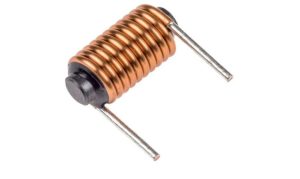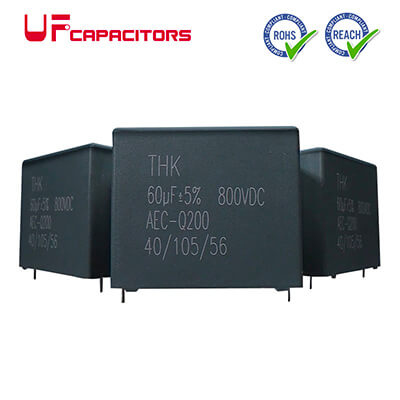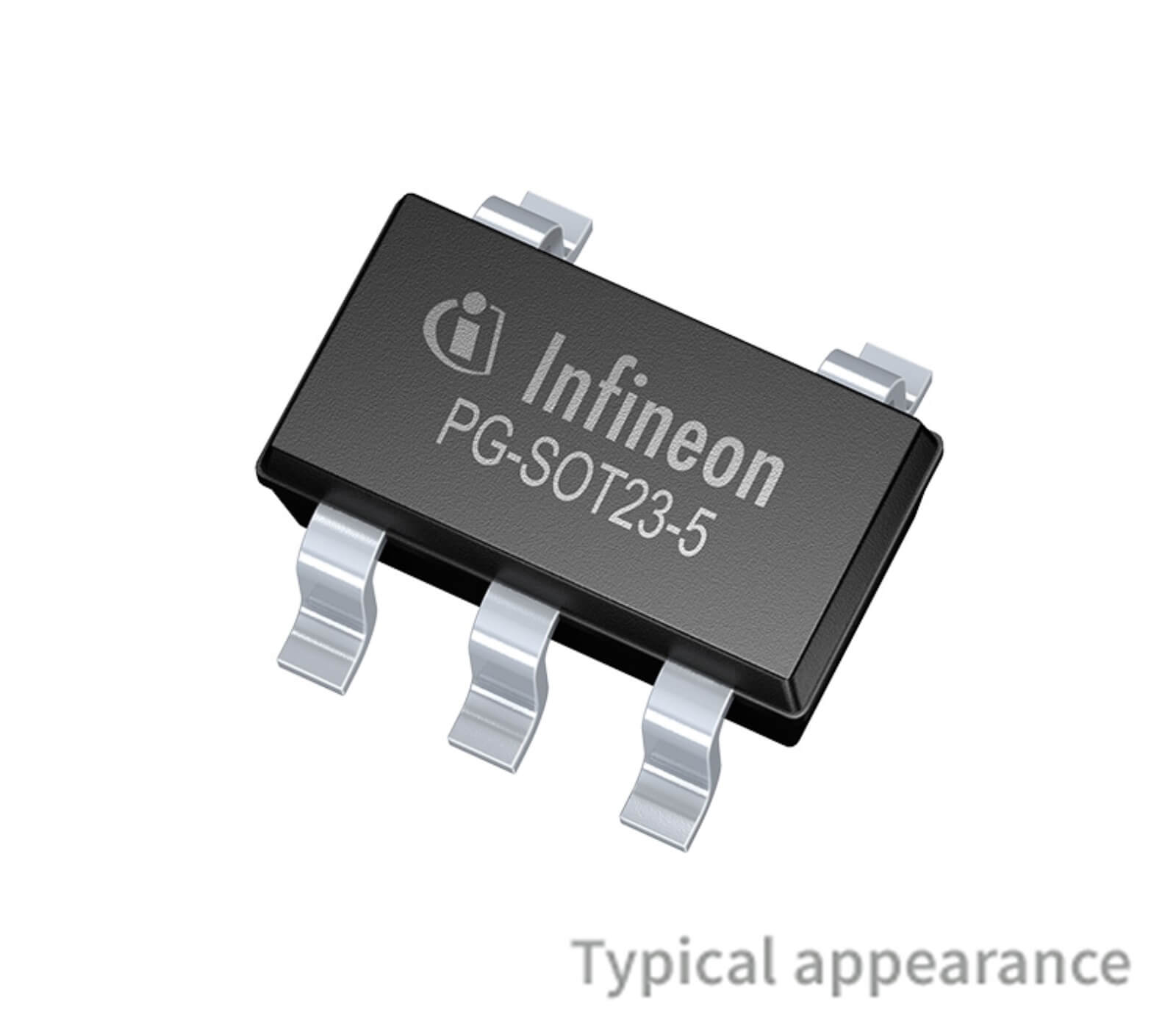To make an 18 milliHenry (mH) inductor coil, you can follow these general steps. Keep in mind that the exact specifications may vary based on the core material, wire gauge, and the desired performance of your inductor.

Materials Needed:
- Inductor Core: Choose a suitable inductor core material. Common materials include ferrite, iron powder, or air cores. The choice depends on the frequency range and application of your circuit.
- Magnetic Wire: Select a magnetic wire (also known as winding wire or enamel wire) with an appropriate gauge. The wire gauge will depend on the current-carrying capacity and the desired resistance.
- Bobbin (Optional): If you are using a core that requires winding, a bobbin may be necessary to hold the wire in a neat and organized manner.
Steps:
- Determine Core Specifications:
- Identify the type of core material you will use (ferrite, iron powder, air, etc.).
- Find the magnetic permeability (μ) of the core material, which will affect the inductance.
- Calculate Number of Turns:
- Use the formula for inductance: L=lN2⋅μ⋅A/l where:
- �L is the inductance (18 mH in this case).
- �N is the number of turns.
- �μ is the magnetic permeability of the core material.
- �A is the cross-sectional area of the core.
- �l is the length of the core.
- Use the formula for inductance: L=lN2⋅μ⋅A/l where:
- Determine Core Cross-Sectional Area:
- Measure the cross-sectional area of the core. If the core is not already marked with this value, you can measure it directly.
- Calculate Turns per Meter:
- Calculate the number of turns per meter using the formula: Turns /m=N/L
- Wind the Coil:
- If using a bobbin, wind the wire neatly around the bobbin, making sure the turns are close together.
- If using a core without a bobbin, wind the wire directly on the core, ensuring tight and even winding.
- Measure Inductance:
- Use an inductance meter or an LCR meter to measure the inductance of the coil.
- Adjust Turns:
- If the measured inductance is not 18 mH, adjust the number of turns accordingly. You may need to add or remove turns and re-measure until the desired inductance is achieved.
- Secure the Ends:
- Secure the ends of the coil to prevent unwinding. You can use tape, glue, or any suitable method.
Remember to refer to the datasheets of your core material and wire for specific parameters, and consider factors like the current rating, saturation characteristics, and frequency range when designing your inductor.




